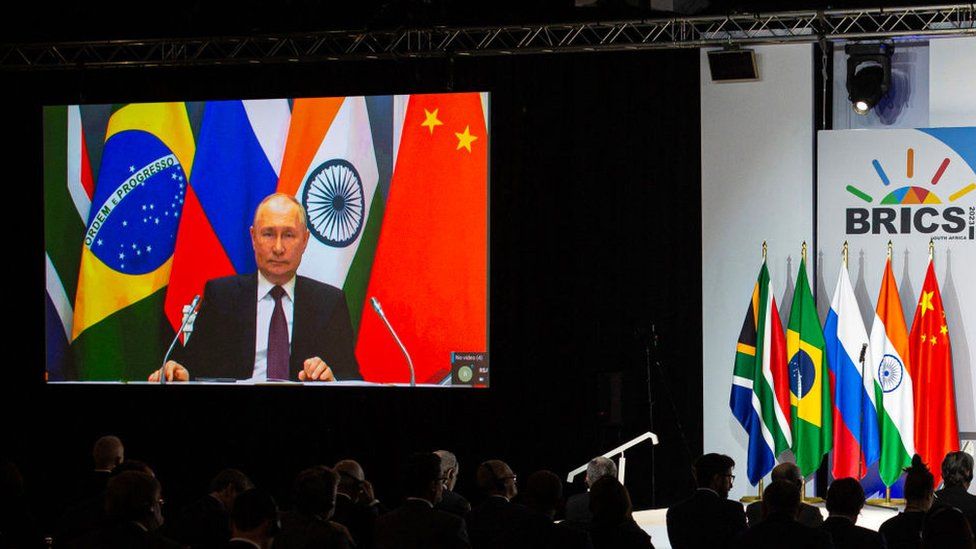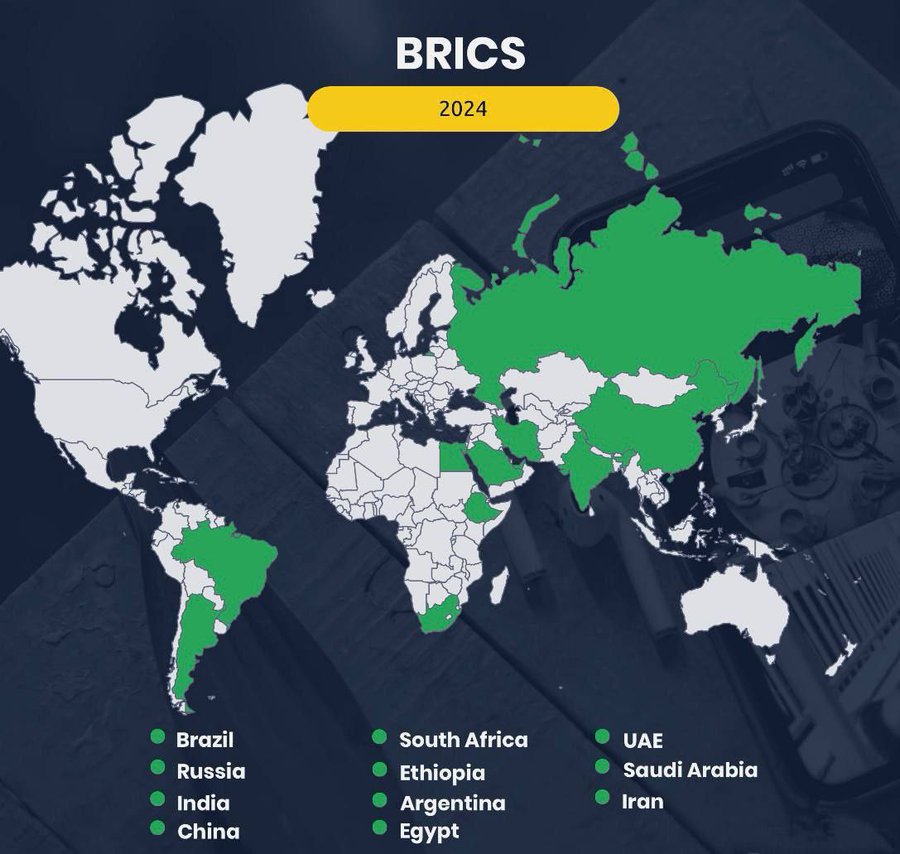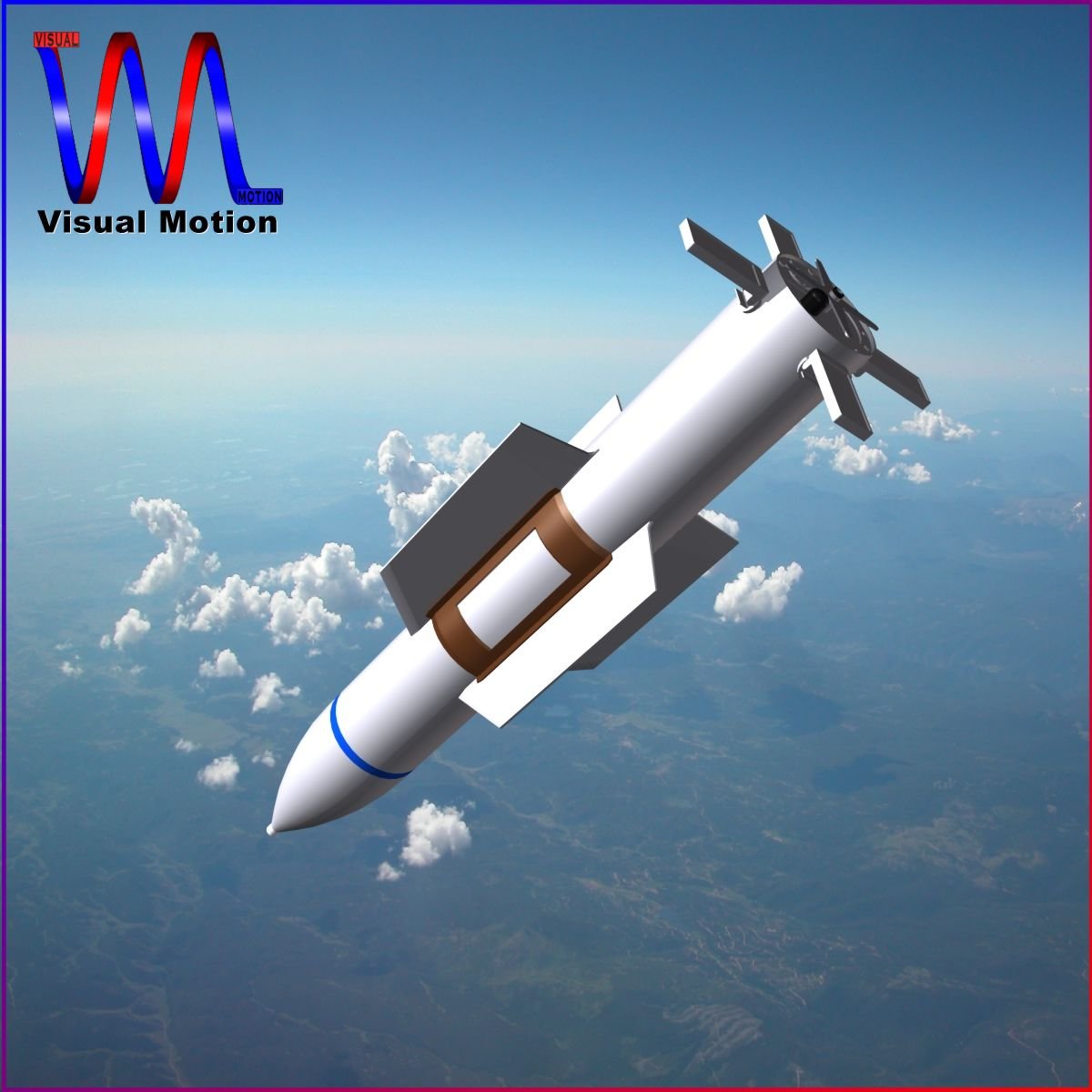We continue to watch in horror and fear the deadly terror in Israel and Gaza and rightly so. It must be known however, these types of attacks and terror go far beyond the Middle East. There is an organization funded by the usual. George Soros but also other nefarious people and that is the Human Rights Watch. (travel over to Wikipedia and read their summary, it sounds great but the reality is not so much)
As we pray for the hostages to not only survive but to be released in Gaza, it is happening in other corners of the world including what the Russians have done to Ukrainian citizens and especially children and then there is Haiti and Africa. Human Rights Watch is not so into caring about those locations.
Let’s begin with Haiti as it is news to all of you. It was just a week ago that the Associated Press reported the following in part:
A heavily armed gang surrounded a hospital in Haiti on Wednesday, trapping women, children and newborns inside until police rescued them, according to the director of the medical center, who pleaded for help via social media. Ulysse said members of Haiti’s National Police force responded to his call for help and arrived with three armored trucks to evacuate 40 children and 70 patients to a private home in a safer part of the city. Among those delicately evacuated were children on oxygen, he said.
Ulysse identified those responsible as members of the Brooklyn gang, led by Gabriel Jean-Pierre, best known as “Ti Gabriel.” Jean-Pierre also is the leader of a powerful gang alliance known as G-Pep, one of two rival coalitions in Haiti.
The Brooklyn gang has some 200 members and controls certain communities within Cite Soleil, including Brooklyn. They are involved in extortion, hijacking of goods and general violence, according to a recent United Nations report. Earlier this year, at least 20 armed gang members burst into a hospital run by Doctors Without Borders and snatched a patient from an operating room. The criminals gained access after faking a life-threatening emergency, the organization said.
By the way, the United Nations actually has a permanent peacekeeping office in Haiti….so much for that, even while the United States is often encountering migrants fleeing from Haiti. Oh yes, Human Rights Watch is completely tied to policies from the United Nations also.
Now let’s move back over to Ukraine shall we?
CBS News reported only last week about 19,000 children kidnapped by Russian forces and the real numbers could be as high as 300,000 in total.
As an example:
Last October, Nikita was living in a boarding school for disabled children when the Russian authorities ordered all 86 kids there to be transferred deeper into Russian-controlled territory.
Polina (translated): I came home after work, I opened Instagram and there was a picture of my child– Nikita. With a caption, Russia is taking children.
Polina says the Russians played a cruel game of hide and seek – moving Nikita at least three times in eight months – including to an orphanage in Russia
Then The Guardian reported last March the following in part:
What do we know about the Ukrainian children taken by Russia?
The court’s pre-trial judges said there were “reasonable grounds to believe that each suspect bears responsibility for the war crime of unlawful deportation of population, and that of unlawful transfer of population from occupied areas of Ukraine to the Russian Federation, in prejudice of Ukrainian children”. The judges said they had chosen to unseal the names of the suspects in an effort to prevent further crimes.Reports first emerged last spring that Ukrainian children in occupied territory were being taken to Russia, and even being adopted by Russian families. Russia has presented its actions as a humanitarian mission to save Ukrainian children from the war. But Ukraine has accused Russia of genocide and described its actions as a war crime.
Who are the children involved?
The alleged abductees include children taken from Ukrainian state institutions in the occupied areas, children whose parents had sent them to Russian-run “summer camps” from which they never returned, children whose parents were arrested by the Russian occupying authorities, and children who were orphaned by the fighting.Where are the children from?
The vast majority of Ukrainian children taken by Russia are from occupied areas of southern and eastern Ukraine: Kherson region, Kharkiv region, Zaporizhzhia region, Donetsk and Luhansk region, as well as a small area of Mykolaiv region.How many children have been taken?
Russia has admitted to holding at least 1,400 Ukrainian children it describes as orphans, though it said at least 2,000 had travelled to Russia unaccompanied. In addition, several hundred children from the occupied territories remain in Russia after they attended “re-education” camps with the consent of their parents but were then not returned.What has happened to the orphans?
Since the invasion, at least 400 Ukrainian orphans have been adopted by Russian families, according to the Ukrainian Regional Center for Human Rights, which has calculated its figure from statements by the Russian state. Russia has said 1,000 more are waiting to be adopted.Lvova-Belova, the Russian children’s commissioner, has herself described “adopting” a 15-year-old child from Mariupol, the south-eastern Ukrainian city that was devastated and occupied by Russian forces.
But many of these Ukrainian children have living relatives, who are often desperately searching for them. About 90% of Ukrainian children who were living in state care at the time of the invasion were “social orphans”, meaning they had relatives but those family members unable to take care of them.
How about China? Well they have an estimated 40,000 child slaves in Congo mining for cobalt and lithium for batteries, mostly for the EV industry. Congressman Chris Smith (R-NJ) published a summary from a congressional hearing the exploitation of children in Africa for the economic and global agenda for China.
There is a foundation called Walk Free Foundation that studies modern day slavery and publishes an index. The estimate is 30 million people worldwide are living in modern day slavery from places such as India, China and Africa.
Bringing it closer to home, with the protests across America to Free Palestine, no one says enough about the fear from violence and theft for individuals and businesses with smash and grabs and now crash and grabs, meaning stolen cars are used to break into businesses.
So. exactly where are the leaders of any sort? Where is the Human Rights Watch? Where is the Department of Justice which by the way formed a legal team to work at the Hague for the International Criminal Court? How about Interpol and Red Notices or the FBI? How about the District Attorneys do some real work on car-jacking, human trafficking, the sex trade, migrant crime., cartel narcotic trafficking…and all the rest.
Where are the protectors if no one is above the law?







